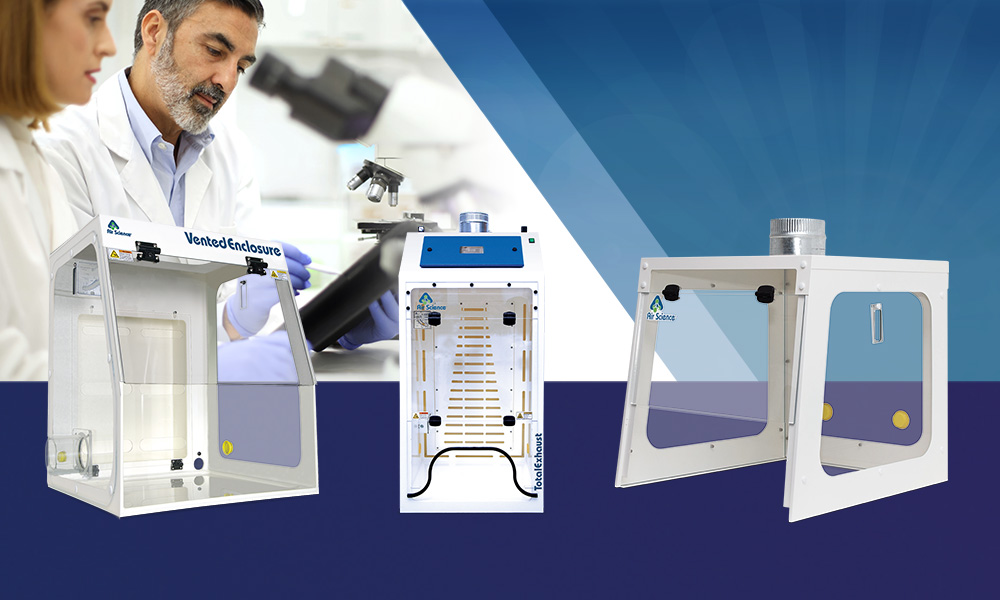
What is a ducted fume hood used for?
Traditional ducted fume hoods have long been a staple in laboratory settings, providing a reliable method for handling hazardous materials. Ducted fume hoods utilize a facility’s HVAC ductwork to pull contaminated air from the hood and exhaust it outside the facility. This design makes them particularly suitable for environments where high volumes of hazardous fumes or a wide range of chemical families are being handled. Traditional fume hoods can be either filtered or unfiltered, depending on the specific design and application.
What are the potential drawbacks of ducted fume hoods?
One of the primary drawbacks of ducted fume hoods, however, is the cost. For new facilities or laboratory redesigns, the cost to install HVAC ductwork can be extremely high. Since conditioned room air is exhausted outside, HVAC systems have to work harder to recondition the air, leading to higher ongoing costs that can strain even existing facilities. Additionally, once installed, traditional fume hoods do not offer much flexibility in terms of relocation, making them less adaptable to changing laboratory needs.
What is a good alternative to ducted fume hoods?
For labs looking for a more flexible and economical alternative to traditional fume hoods, a ductless fume hood is a good option. Ductless fume hoods provide the same filtration capabilities as their ducted counterparts but without the extensive infrastructure requirements of traditional ducted systems. Ductless fume hoods use activated carbon filters to adsorb vapors and recirculate filtered air back into the laboratory, reducing the HVAC load.
What is a ductless fume hood used for?
Like ducted varieties, ductless fume hoods are used in laboratories and other settings where hazardous fumes and vapors need to be contained. They are used in both small and large-scale operations. Air Science® ductless fume hoods use a variety of filtration technologies to allow customization for the safe capture of a wide variety of chemical families. This lets you capture a wide range of chemical families in a single fume hood, saving time, money, and valuable lab space. However, for operations that regularly work with high volumes of a wide range of chemical families, a ducted fume hood is typically recommended.
Ductless fume hoods are an invaluable asset in various laboratory settings, offering a safe, efficient, and cost-effective solution for the capture of hazardous fumes. Their ability to capture and filter contaminants, combined with their versatility and ease of installation, makes them a practical choice for educational, research, and industrial environments alike.
Learn more about Air Science Ductless Fume Hoods or shop online.